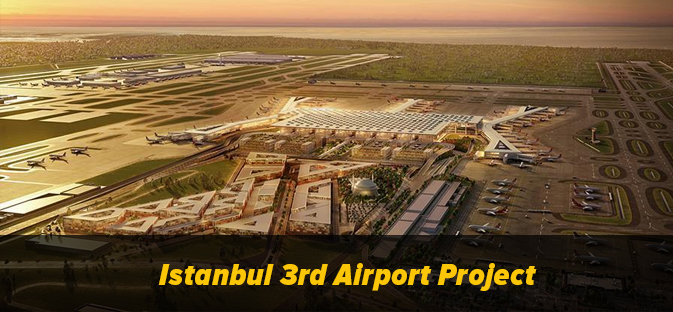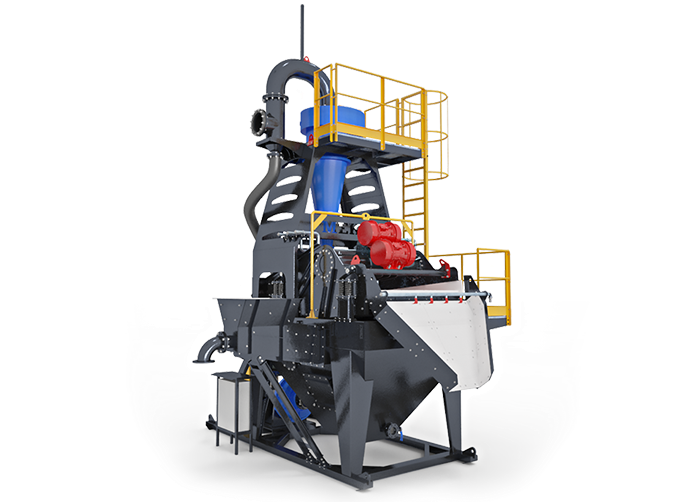Concrete Roads

The mighty – a traditional hard, rigid and durable construction material of all times. Our one and only choice for raising the buildings, bridges and other types of infrastructure. Roads are no exception.
Capable of withstanding heavy loads, such as heavy vehicles, with less deformation rather than asphalt. Although the initial cost for building a road is higher, taking into consideration the maintenance costs on the long run, it comes up with all its advantages. A road serves from 20 to 30 years without major repairs while asphalt’s lifetime is less than 12 years ending up with a complete resurfacing or costly complete repair.
Advantages of Concrete Roadways
Durability
The most important advantage of a Road is its service life due to exceptional durability. Some researches in US, where croads are being used and monitored for years, found that average lifetime of a road is around 34 years, which is twice the physical life of asphalt – 17 years. Governments are spending millions on minor repairs of asphalt, which demands servicing each 3-5 years with complete rehabilitation after 17, whereas a road needs first minor repair only after 12 years of service.
Comfort
According to several researches, roads are more comfortable to drive.
Performance
A road’s surface is better preventing the vehicles from sliding and skidding. Braking distance is lower on road rather than on asphalt. Moreover, roads dry out much faster after rain.
Application
A road can be constructed under almost any climatic condition while asphalt can only be applied at minimum air temperature of 15 °C and only on dry ground.
Fuel Consumption
A vehicle rolling on a smooth road consumes less fuel. On the other hand, flexibility of the pavement affects fuel consumption as well. Deformations on asphalt pavements left by heavy transport increase rolling resistance.
Less Pollution
Asphalt is an oil derivative, which leads to pollution on some stages of preparation and changes in its chemical structure under the effect of gasoline/diesel fuel, fuel oil, solvent and other substances. A road consists only of natural materials and is completely environmentally friendly.
Better Visibility
Roads are safer for driving in low light conditions. Being in brighter color, less light is absorbed which provides a better visibility at night. Reflections are also worth mentioning. Wet oad surface reflects less and improves the visibility in rainy weather as well.
Less Deformation
Roads are capable of withstanding heavier loads with less deformation rather than asphalt.
MEKA on Road Construction Projects
Heidelberg Chose MEKA for Road Project
MEKA Behind the Most Significant Project of Oman




